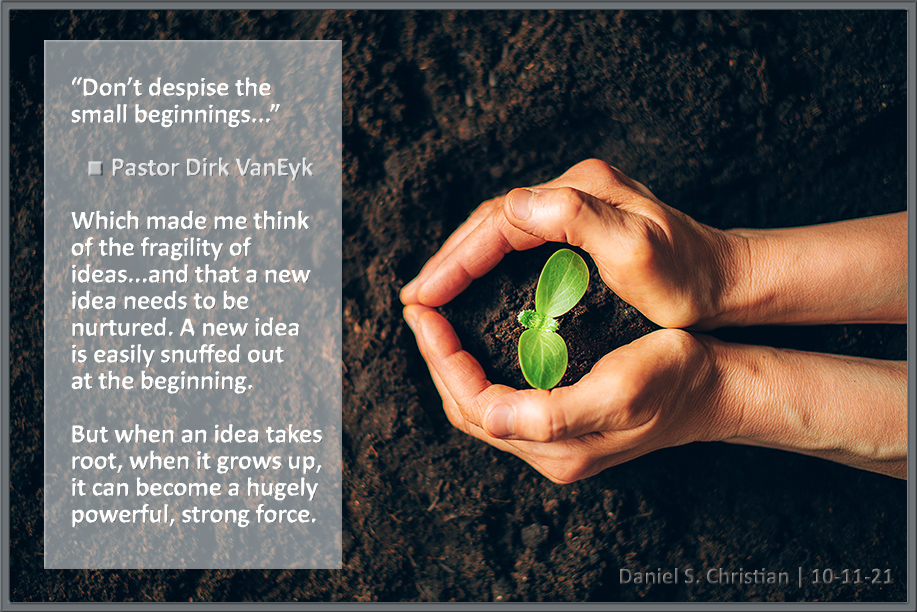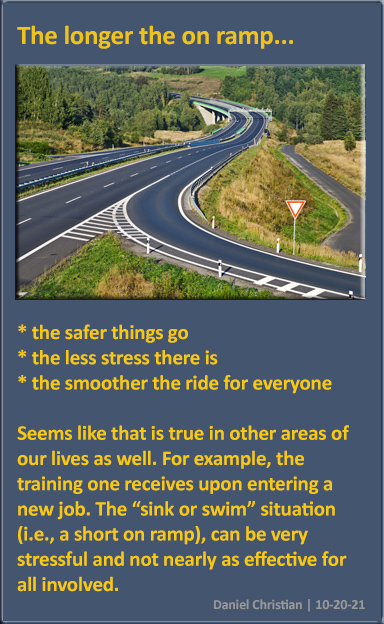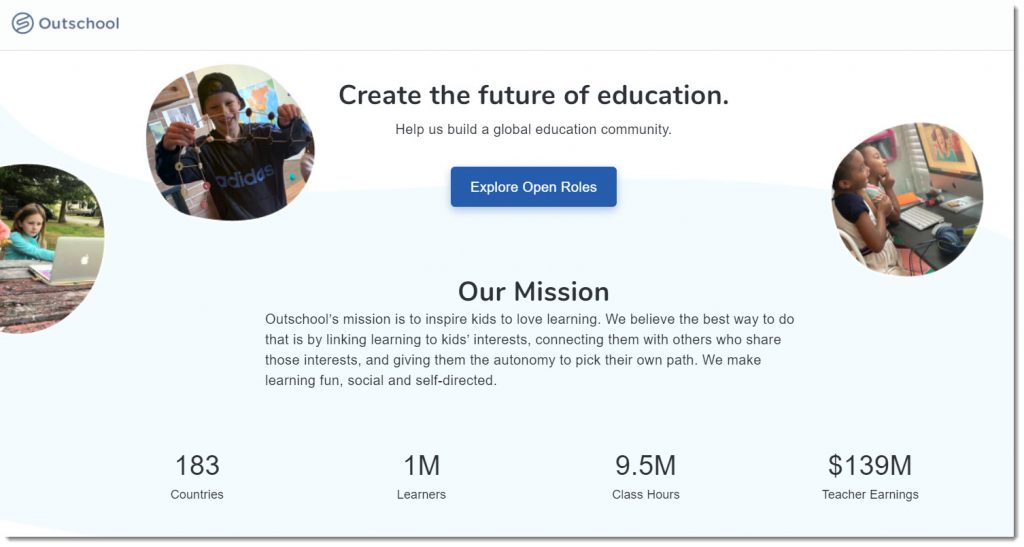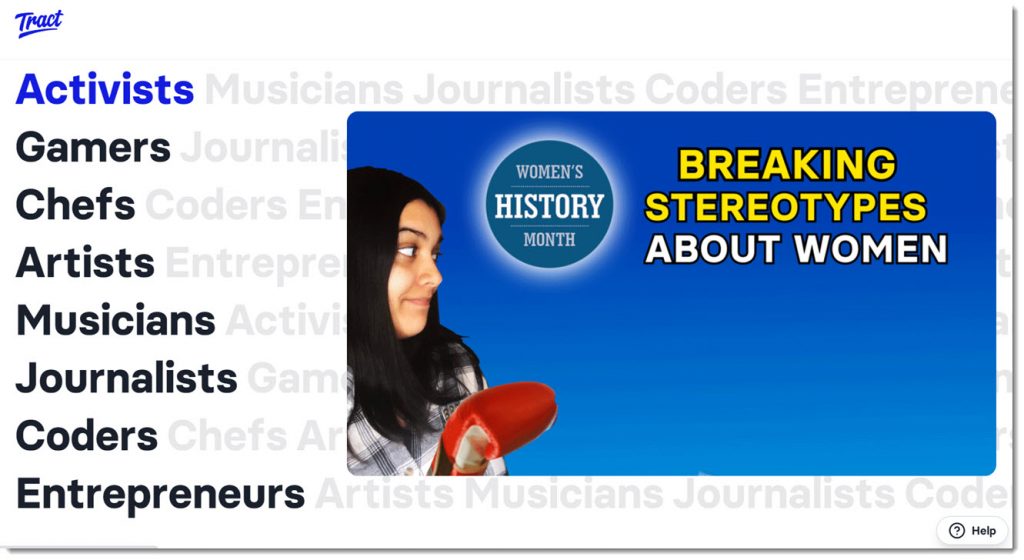5 Ways to Make Edtech More Inclusive — from techlearning.com by Erik Ofgang
Better communication with students and more representation within edtech are just some ways we can better serve all special education students with technology, says University of California, Irvine’s Gillian Hayes.
Excerpt:
Making edtech accessible to all students has always been important but as it is now an essential part of the classroom, it has never been more vital.
Gillian Hayes, vice provost for graduate education and dean of the Graduate Division at University of California, Irvine, has studied edtech accessibility extensively. Making technology more accessible in the classroom is one of her goals at The Connecting the EdTech Research EcoSystem (CERES), which she coleads with UCI colleague Candice Odgers.
She shares strategies for how educators, programmers, and researchers can help foster more accessibility in edtech.
















